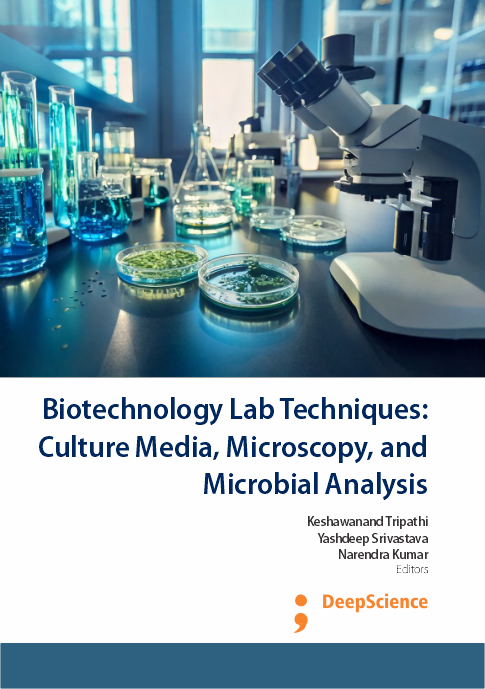Trypan blue dye exclusion assay: Principles, protocols, and applications in cell viability assessment
Synopsis
Cell viability assessment is crucial for determining the number of live cells within a given sample. The Trypan blue dye exclusion test is a widely used method to distinguish between viable and nonviable cells based on their membrane integrity (Davis, 2011). Live cells, which maintain intact cell membranes, can exclude certain dyes like Trypan blue, whereas dead cells cannot. This technique involves mixing a cell suspension with Trypan blue and observing under a microscope: viable cells appear clear, while nonviable cells appear blue. This protocol is particularly valuable in cell culture studies to accurately count live cells before commencing experimental procedures (Butler, 2004; Freshney, 2015).














